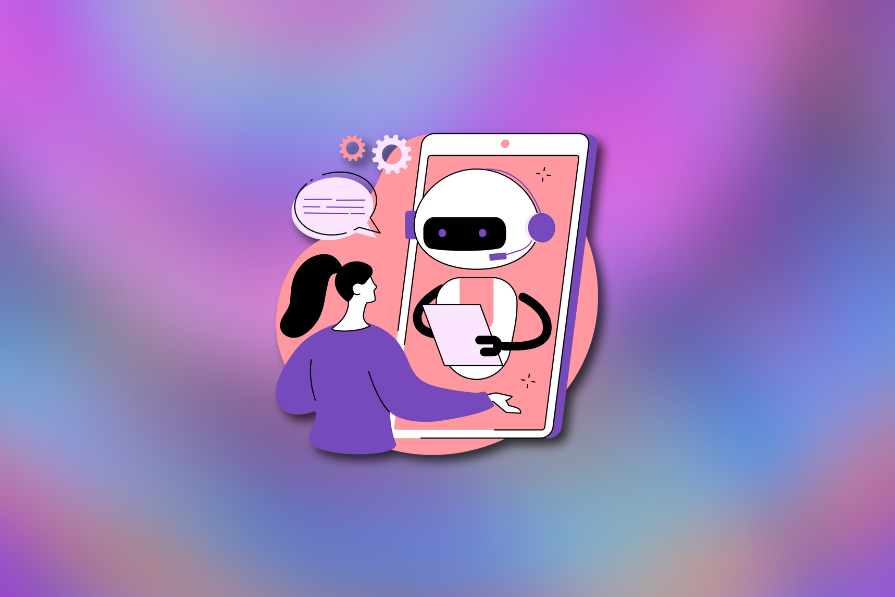Logrocket
3w
149

Image Credit: Logrocket
How much choice should we give users in AI-powered designs?
- AI-powered designs aim to personalize user experiences, but the balance between automation and user control is crucial.
- Over-reliance on automation can lead to users feeling powerless or distrustful of AI systems.
- Maintaining a balance ensures that AI enhances user interactions without making them feel manipulated.
- Designing AI settings that are usable and simple is essential to empower users without overwhelming them.
- The ethics of providing fake user control through placebo features in AI-driven interfaces raise transparency concerns.
- Case studies from Google, Twitter/X, SaneBox, and Motion demonstrate successful integration of AI while respecting user autonomy.
- AI-driven UX should focus on empowering users, utilizing automation as a collaborative tool rather than a replacement for human decision-making.
- The future of UX in an AI-first world will be shaped by concepts like explainable AI, ethical frameworks, and human-in-the-loop decision-making.
- Designers need to ensure that AI improves user experiences and integrates automation with human-centered design principles.
- In conclusion, achieving a balance between automation and user control in AI-powered designs requires careful consideration of usability, transparency, and ethical factors.
Read Full Article
8 Likes
For uninterrupted reading, download the app